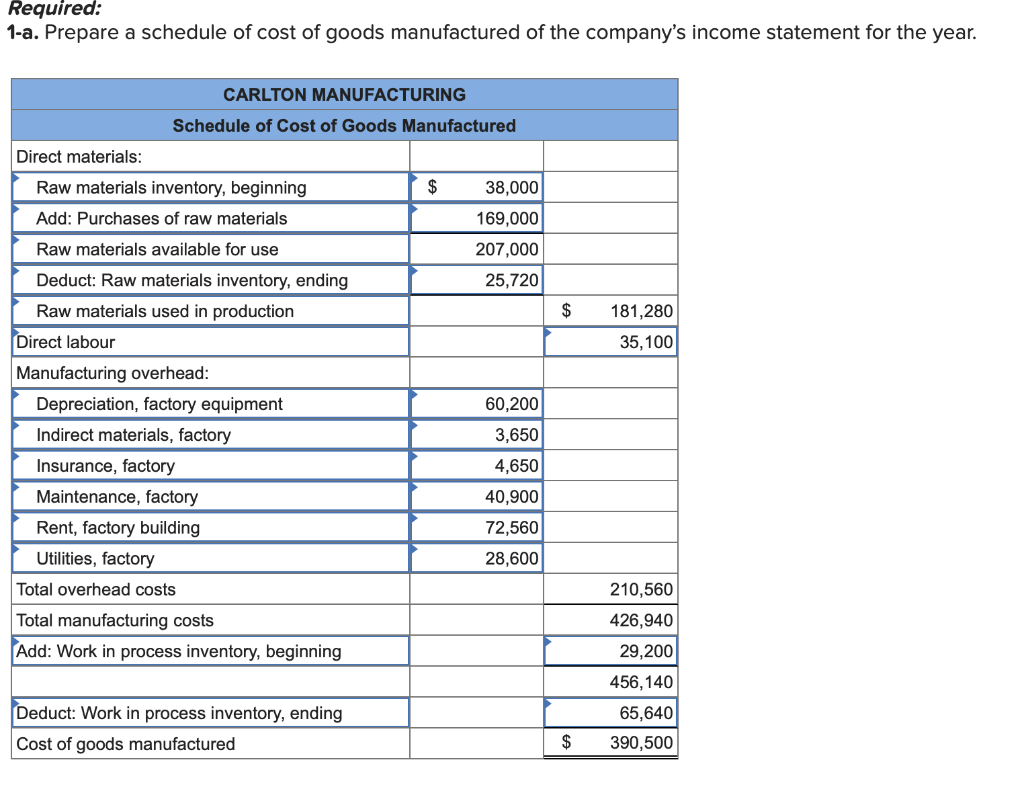
While COGS and operating expenses are different, they are both important in measuring the success of a business. For example, if you are a manufacturing company, you may want to invest in machinery that can automate some of the production processes. This method is usually used in high-ticket products or those products that need a closely controlled inventory and track trends of sales. With this method, the business will know accurately which item was sold and its exact cost. The special identification method utilizes the assigned cost of each unit of inventory or goods to calculate the ending inventory and COGS for a particular period. The unsold 430 items would remain on the balance sheet as inventory for $1,520.
FIFO
Instead, the average price of stocked items, regardless of purchase date, is used to value sold items. Items are then less likely to be influenced by price surges or extreme costs. Let’s say the same jeweler makes 10 gold rings in a month and estimates the cost of goods sold using LIFO. The cost at the beginning of production was $100, but inflation caused the price to increase over the next month.
How does the cost of goods sold affect profitability?
- LIFO stands for Last In, First Out, and assumes that inventories purchased last should be recorded as being sold first.
- This process may result in a lower cost of goods sold calculation compared to the LIFO method.
- In this method, a business knows precisely which item was sold and the exact cost.
- In economics and business strategy, marginal cost and cost of goods sold (COGS) are key components in determining pricing and profitability.
- For information pertaining to the registration status of 11 Financial, please contact the state securities regulators for those states in which 11 Financial maintains a registration filing.
I’d also suggest consulting your accountant to guide you with the process to ensure everything is accurate. In retail, COGS includes payment for merchandise purchased from suppliers and manufacturers. Sales Salaries should not go into are salaries part of cost of good sold COGS; but labor to produce the product can go into COGS. COGS is an important metric to help business owners assess the profitability of their operations. To understand this concept better, let’s look at a simple COGS example.

Direct Costs Vs Indirect Costs
A business’s profit margin, which is a measure of profitability, is calculated by subtracting COGS from net sales. This calculation provides insight into the percentage of each dollar of revenue that the company keeps as profit after accounting for the costs involved in producing the goods sold. Knowing when to use each can help set appropriate prices, forecast profitability, and make informed decisions towards the growth of the business. Every business that sells products, and some that sell services, must record the cost of goods sold for tax purposes. The calculation of COGS is the same for all these businesses, even if the method for determining cost (FIFO, LIFO, or average costing method) is different.
The role of COGS in tax calculation is that the higher your COGS, the lower your gross profit. This then reduces the amount of taxable income your business has, consequently leading to less tax owed. Integrating sustainable practices into a company’s operations is not only beneficial for the environment but can also have a profound impact on the financial aspect of the business. Through waste reduction, CSR, and responsible supply chain management, companies can effectively manage and potentially decrease their COGS, resulting in increased profitability. The repercussions of this can be far-ranging, from misinforming important stakeholders such as investors and lenders, to negatively impacting business decisions.
But both of these expenses are subtracted from the company’s total sales or revenue figures. Generally speaking, only the labour costs directly involved in the manufacture of the product are included. In most cases, administrative expenses and marketing costs are not included, though they are an important aspect of the business and sales because they are indirect costs. COGS is not addressed in any detail in generally accepted accounting principles (GAAP), but COGS is defined as only the cost of inventory items sold during a given period. Not only do service companies have no goods to sell, but purely service companies also do not have inventories.
The terms ‘profit and loss account’ (GAAP) and ‘income statement’ (FRS) should reflect the COGS data. If a small business sells products, it must include a COGS calculation in its tax return. The specific IRS form will differ based on the legal structure of the business.
If your business has inventory, it’s integral to understand the cost of goods sold. Read on and watch this video to learn more about the cost of goods sold, how to calculate it, and its importance to your organization. If a business can specifically identify individual items of inventory (such as an art gallery or a car dealership), then it can use the specific identification method. Under this approach, the costs of the specific items sold are charged to the cost of goods sold. While the gross margin is the standard metric used to analyze the direct costs of a company, the COGS margin is the inverse (i.e., one subtracted by gross margin). The formula for calculating cost of goods sold (COGS) is the sum of the beginning inventory balance and purchases in the current period, subtracted by the ending inventory balance.
